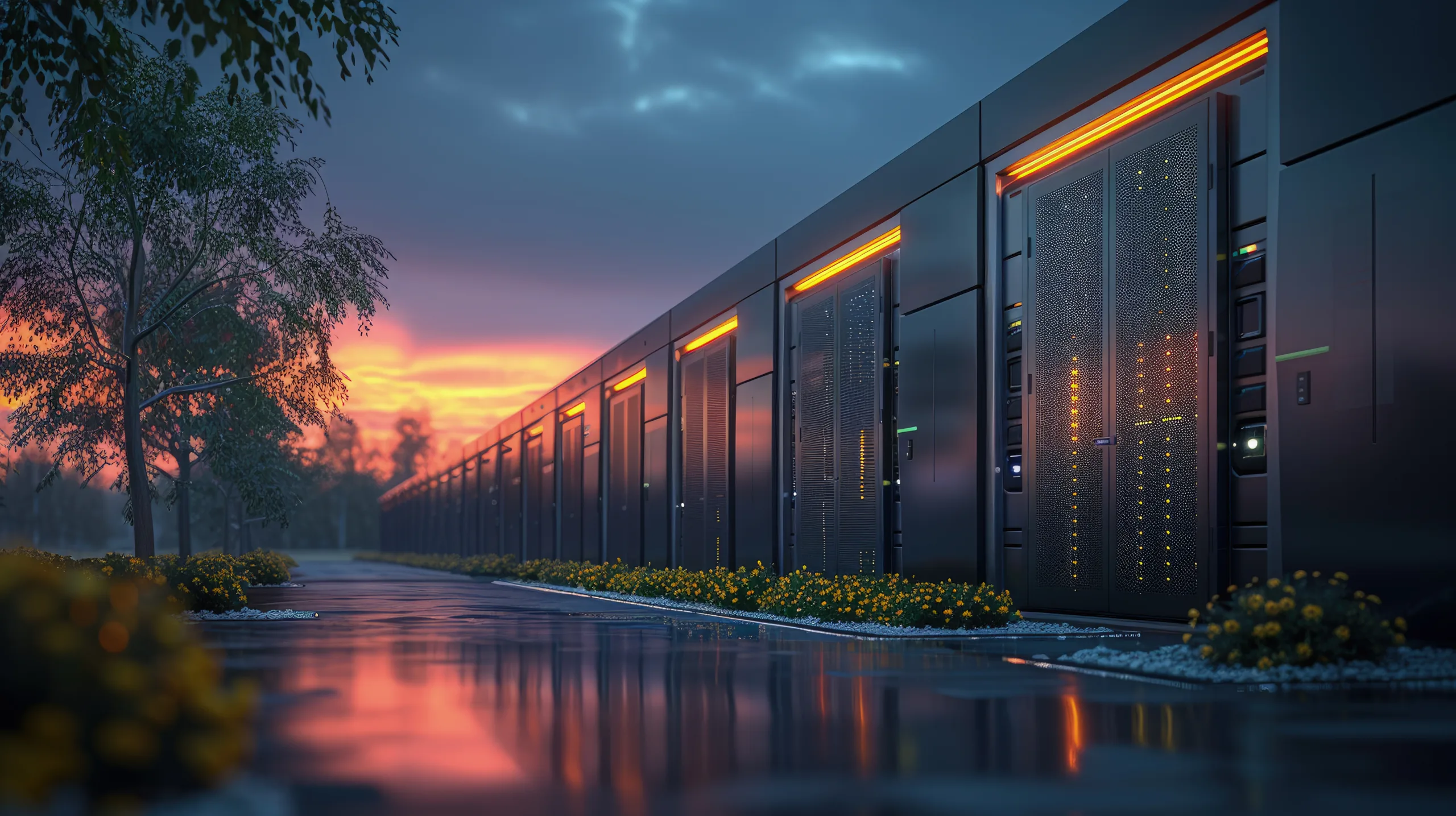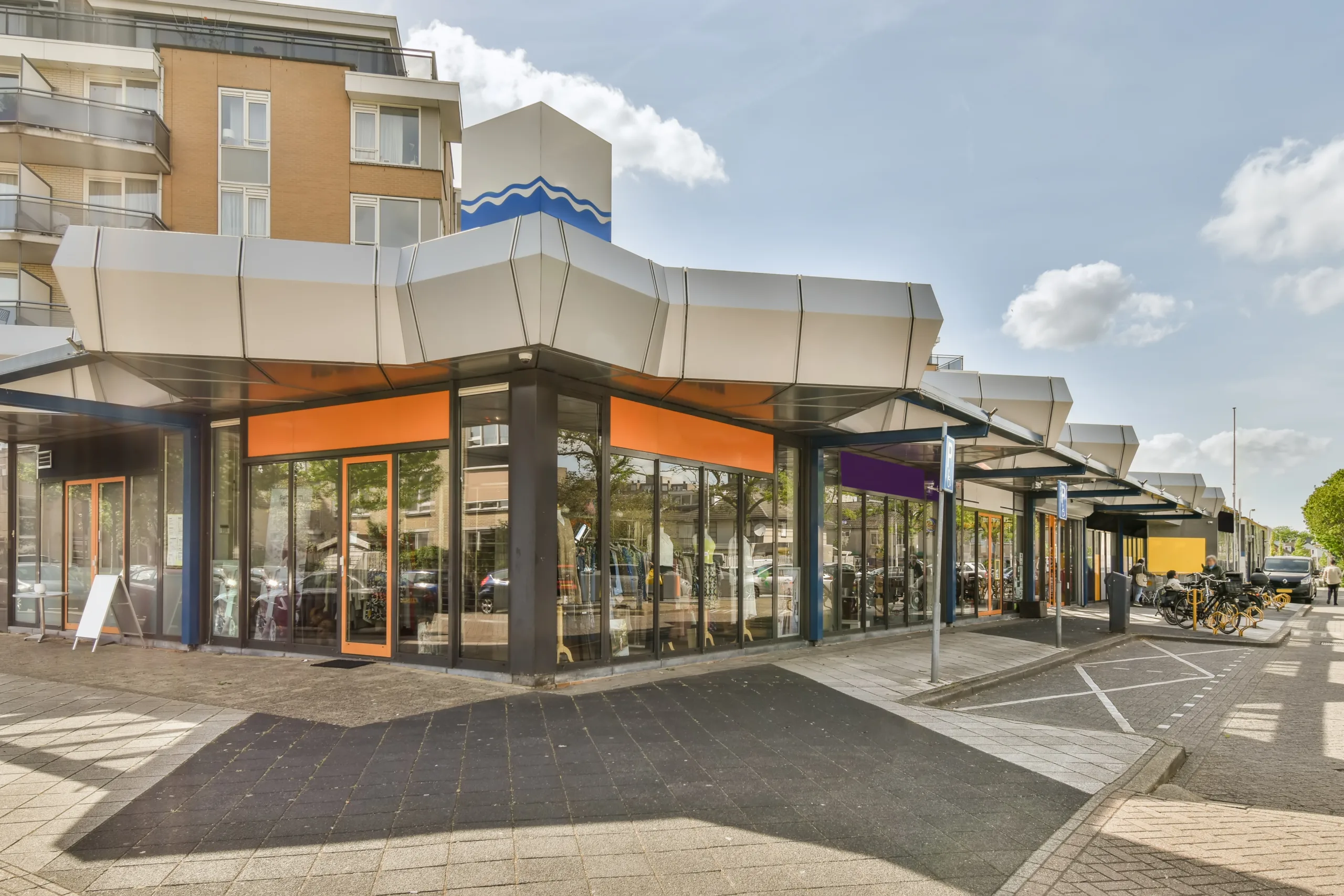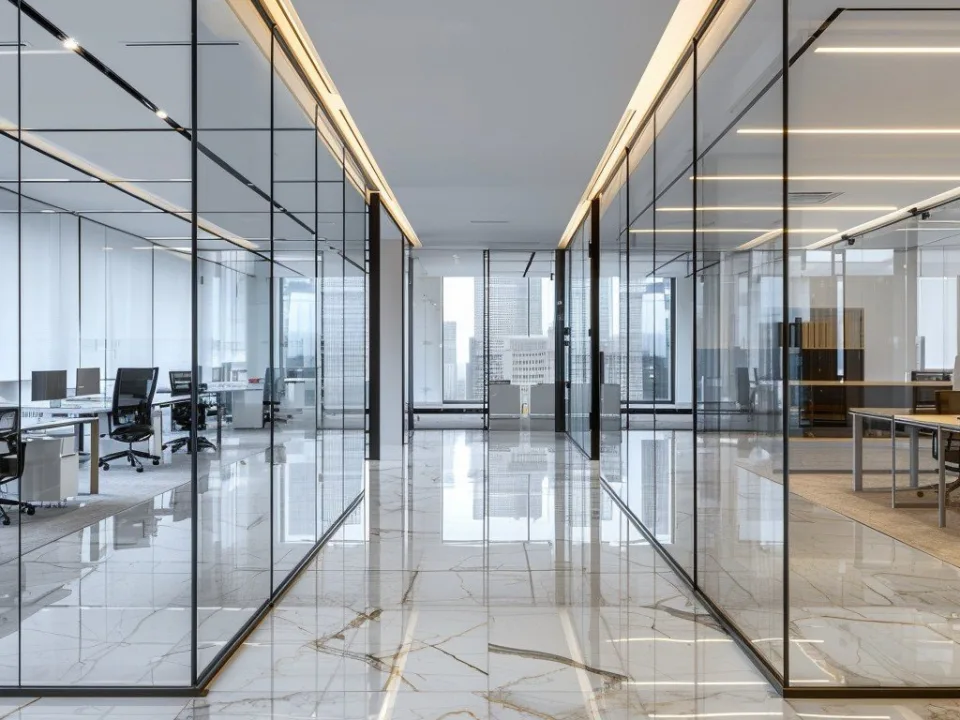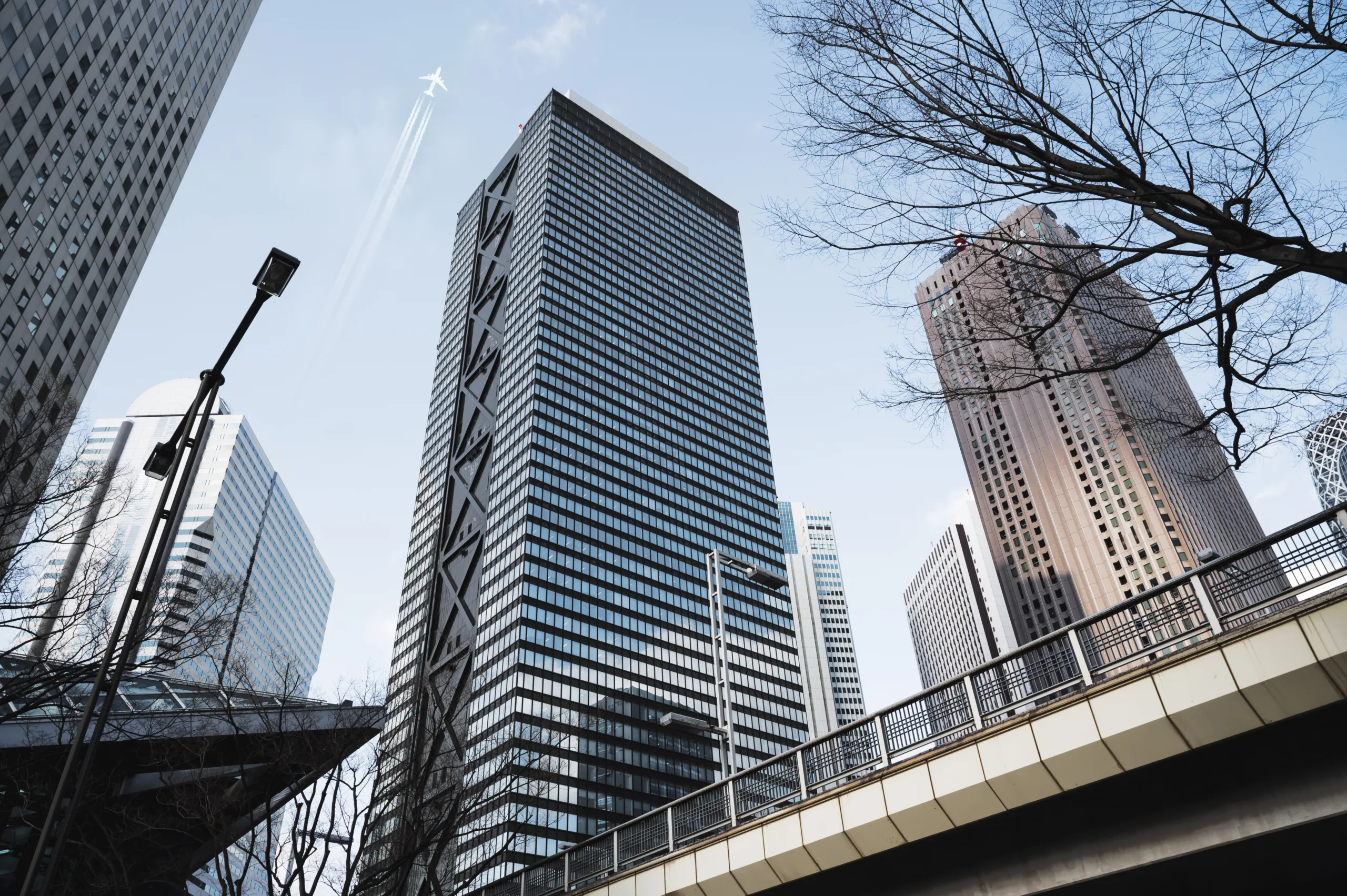- Developers are struggling to exit fully leased hyperscale data centers due to high price tags and limited buyer interest, even amid record-breaking demand from Big Tech.
- The financing gap has led to a surge in the use of asset-backed and commercial mortgage-backed securities (ABS and CMBS) to monetize stabilized properties.
- New equity strategies like forward takeouts, purchase options by hyperscalers, and partial stake sales are reshaping how capital is recycled in the data center market.
- Traditional buyers are starting to emerge, with new infrastructure funds signaling a potential shift toward more equity-based exits in 2026 and beyond.
A Surge In Demand, But Few Buyers
AI workloads are driving explosive growth in data center demand, reports Bisnow. As a result, developers are finding it easy to secure financing. Major tenants like Amazon, Microsoft, and Google are fueling this construction boom. But once those hyperscale centers are built and leased, developers are hitting a wall: few investors are willing or able to acquire these multi-billion-dollar, low-yield assets.
According to CBRE, just 7% of data center investors are targeting stabilized assets. Most prefer the higher returns of new development, particularly since long-term leases on stabilized properties leave little room for value-add opportunities.
Enter: Creative Financing
To sidestep the scarcity of traditional buyers, developers are leaning heavily on securitized debt markets. Asset-backed securities (ABS) and single-asset, single-borrower CMBS deals have surged. In the first half of 2025 alone, issuances reached $13.4B. That’s more than double the volume recorded during the same period last year.
Recent examples include:
- QTS securing a $1.5B CMBS loan for data centers in Atlanta and Richmond.
- DataBank raising $1B via an ABS backed by three fully leased facilities.
These structures provide immediate liquidity to developers while allowing them to recycle a portion of the funds into new builds.
Get Smarter about what matters in CRE
Stay ahead of trends in commercial real estate with CRE Daily – the free newsletter delivering everything you need to start your day in just 5-minutes
Forward Takeouts And Partial Sales On The Rise
With equity buyers few and far between, developers are also turning to forward takeouts — agreements where an investor funds construction and agrees to purchase the stabilized asset at a preset cap rate. While these deals reduce risk and guarantee a return, they often result in lower upside for developers.
One standout deal: Blue Owl and Primary Digital Infrastructure’s forward takeout with Crusoe for its Stargate facility in Texas.
Other tactics gaining traction:
- Purchase options in lease agreements, allowing tech tenants to eventually acquire the property.
- Majority stake sales, where developers retain operations but sell off ownership to free up capital — a model used by REITs like Digital Realty.
A New Buyer Base Emerges
Despite current headwinds, signs of a shift are emerging. New funds specifically targeting stabilized data center assets are beginning to form. This week, Blue Owl Capital and a Qatari sovereign wealth fund launched a $3B fund aimed at acquiring core hyperscale facilities.
Industry leaders expect more of these funds to enter the market in early 2026. This could ease pressure on developers. It may also help balance the market between new development and stabilized asset sales.
Why It Matters
The difficulty developers face in monetizing stabilized data centers is reshaping how capital flows through one of real estate’s most in-demand sectors. While traditional exits are limited for now, new financial vehicles and the emergence of core-focused buyers may soon open the floodgates for long-awaited liquidity.
As AI continues to fuel demand, expect data center capital markets to remain one of the most innovative and dynamic segments in commercial real estate.

















